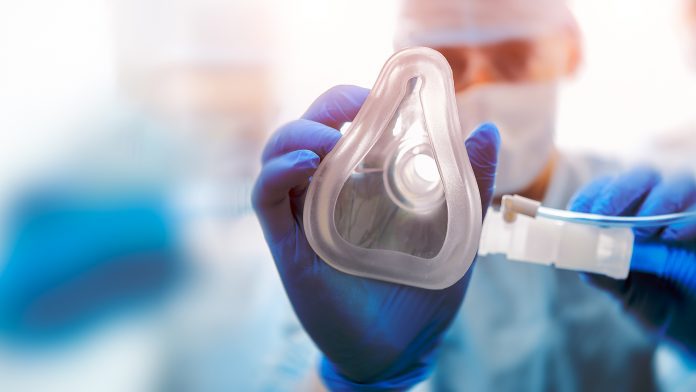
Researchers have found structures in the brain that can identify a predisposition to accidental awareness under anaesthesia in some patients.
The findings, made by neuroscientists at Trinity College Dublin, are the first time these structures have been identified. The results could help medical professionals identify individuals who need higher than average doses of anaesthetic.
The study has been published in the journal Human Brain Mapping.
The role anaesthesia in medicine
Anaesthetics are used during surgical operations to numb sensation in the body or induce sleep. Anaesthesia can prevent pain, enabling a wide range of medical procedures to be carried out.
The most common forms of anaesthesia are local anaesthesia, where a small area of the body is numbed, and patients remain fully conscious, and general anaesthesia is where patients completely unconscious and unaware of the procedure.
Anaesthesia has been used in clinical medicine for over 150 years, however, scientists do not fully understand why the effects of anaesthesia vary so much from person to person. One in four patients who are presumed to be unconscious during general anaesthesia may in fact experience sensations such as dreaming, and in very rare cases some patients become accidentally aware during a medical procedure.
The researchers conducted their study across Ireland and Canada. A total of 17 healthy individuals who were sedated with propofol, the most common clinical anaesthetic agent, were investigated. The participants’ response time was measured as they were asked to respond to a simple noise when they were awake and when they were sedated. The Brain activity of 25 participants was also measured as they listened to a simple story in both states.
One-third of patients were resistant to sedation
The researchers found that one in three participants were unaffected by moderate propofol sedation, neutralising the key aim of anaesthesia—the suppression of behavioural responsiveness.
The researchers also found that patients who were resistant to anaesthesia had fundamental differences in the function and structures of the fronto-parietal regions of the brain to those who remained fully unconscious under anaesthesia. Importantly, these brain differences can be identified prior to sedation.
“The detection of a person’s responsiveness to anaesthesia prior to sedation has important implications for patient safety and wellbeing. Our results highlight new markers for improving the monitoring of awareness during clinical anaesthesia. Although rare, accidental awareness during an operation can be very traumatic and lead to negative long-term health outcomes, such as post-traumatic stress disorder, as well as clinical depression or phobias,” said Lorina Naci, associate professor of psychology at Trinity College.
“Our results suggest that individuals with larger grey matter volume in the frontal regions and stronger functional connectivity within fronto-parietal brain networks, may require higher doses of propofol to become nonresponsive compared to individuals with weaker connectivity and smaller grey matter volume in these regions,” added Naci.









